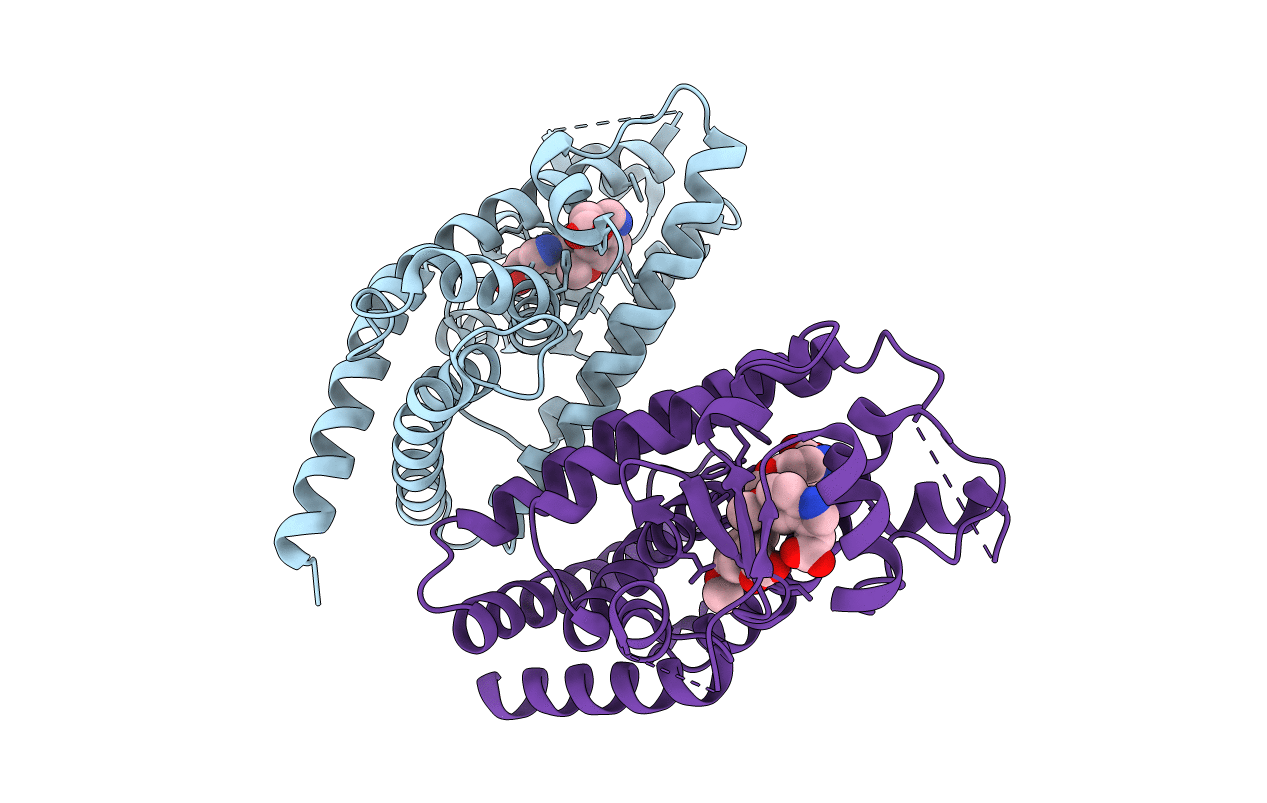
Deposition Date
2010-01-29
Release Date
2010-12-22
Last Version Date
2023-11-01
Entry Detail
PDB ID:
3ADU
Keywords:
Title:
Human PPARgamma ligand-binding domain in complex with 5-methoxy-indole acetate
Biological Source:
Source Organism:
Homo sapiens (Taxon ID: 9606)
Host Organism:
Method Details:
Experimental Method:
Resolution:
2.77 Å
R-Value Free:
0.27
R-Value Work:
0.20
Space Group:
C 1 2 1


